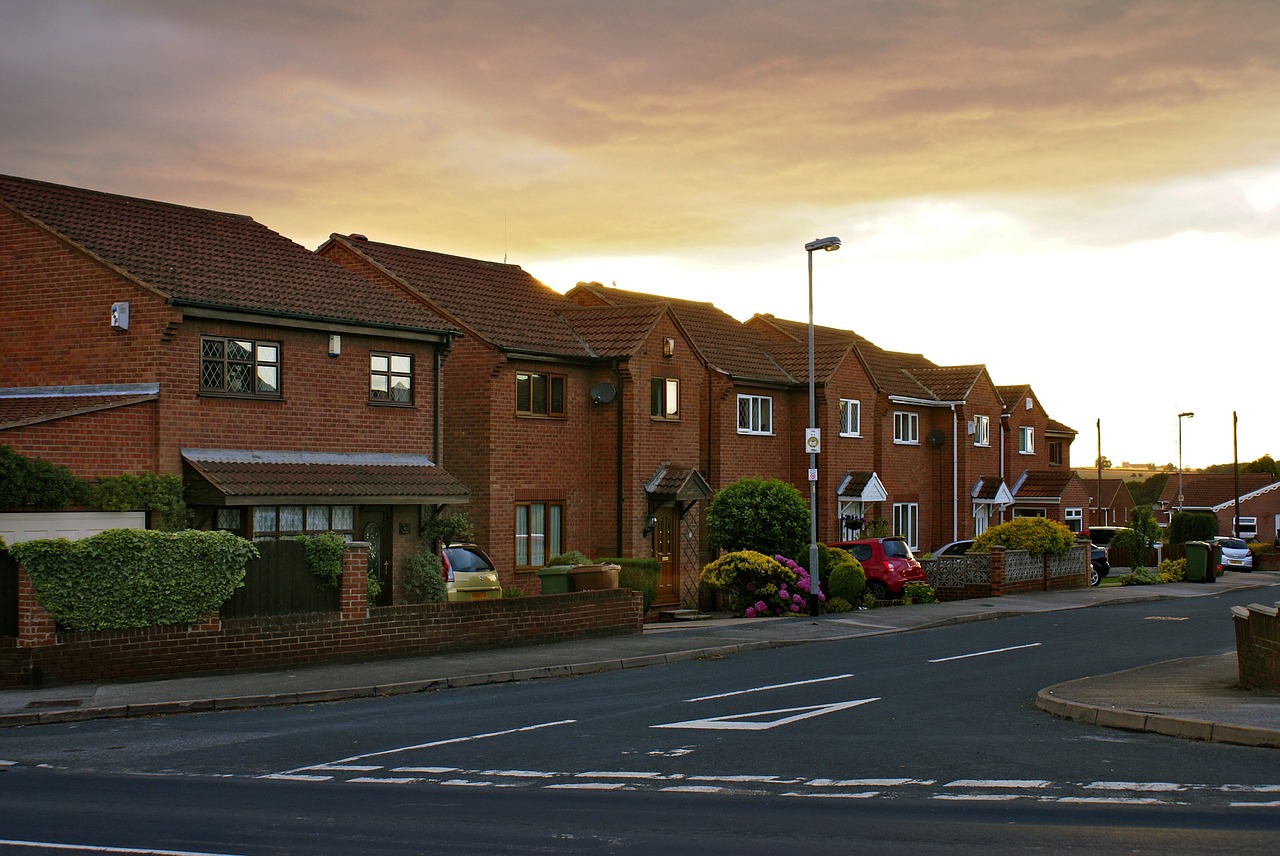“Let’s focus on what’s strong, not on what’s wrong”. These words from Julia Weldon, Director of Public Health for Hull City Council, epitomise what is at the core of community-centred and asset-based approaches, evident throughout the recent PHE annual conference.
And as was clear from Duncan Selbie’s keynote address, and that of Professor David Taylor-Robinson, tackling social determinants of health is vital if we want to make real and lasting differences to the health and wellbeing of our populations.
This includes building social capital within communities, so that people benefit from having strong social networks and greater control over their health.
The capacity of community hubs and neighbourhood assets to improve local health and wealth was the theme of one of the pre-conference workshops, with some inspirational presentations from community anchors in Leicester and Bradford.
The session, which was jointly organised with Locality, explored ways in which services can work more collaboratively with communities to co-design asset-based approaches, whilst redressing imbalances of power and giving communities agency and ownership of their own health and wellbeing - in the words of David Wilford of Royds Academy, focusing on “what’s important to you?”
Both community anchors shared a multitude of experiences and lessons from their work, with some great examples of partnership working leading to real benefits for local populations.
‘B-Inspired’ in Leicester has had a range of successes locally, including around social isolation/loneliness, physical activity and healthy eating, Royds Academy in Bradford has focused on inclusive growth, and fostering aspiration and ambition in their local population.
Meanwhile, Julia Weldon shared Hull’s experiences of asset-based approaches as part of their European City of Culture bid, emphasising the success of getting communities engaged with the process.
World café sessions allowed attendees to crystallise thinking around three key questions; ‘what are the benefits of place-based working?’, ‘how can we share/use power differently?’, and ‘what resources/assets do we have to create thriving/healthy communities’.
Other sessions over the course of the conference looked specifically at the strategic opportunities within devolution plans, the practice within voluntary and community sector organisations, and the theory and principles of the health asset approach to public health.
There is great potential for all health and care systems to be designed by and with communities, with ‘no community left behind’.
Place-based systems are ideal platforms to build on the health assets within an area – focusing on the things that create good health, including community voice.
Elsewhere at the conference, speakers echoed the need to shift the focus from individual risk factors and we can achieve this shift through a greater focus on community-centred and asset-based ways of working.
New resources
Public Health England’s role in all of this remains to facilitate networking, sharing of evidence, expertise, resources and practice, to help inform work at national and local level.
As part of this, our Knowledge and Intelligence Service has produced a new health assets profile of indicators at local authority level. The majority of our tools present data on disease, mortality and risk factors whereas this focuses on the factors that protect and create health.
We’ve also been working with Health Education England to build the knowledge and skills of our workforce in working with communities and I am pleased to share the new community-centred approaches e-learning programme.
This is useful to all staff wanting to know more and do more within their work. It draws upon our work with Professor Jane South at Leeds Beckett University setting out a family of approaches to health and wellbeing and the corresponding NICE guidance on community engagement.
Excitingly, we have still a way to go to realise the true potential of community-centred and asset-based approaches to make a real difference to people’s health and wellbeing at scale.
Participants were optimistic about becoming part of a ‘movement’ for community-centred public health.
Whether this is a movement or a revolution, it takes time, but it feels like we’re getting closer.
Interested in this topic? Take a look at the new health assets profile or the community-centred approaches e-learning programme.


1 comment
Comment by Dizioyunculari.blog posted on
Very useful Info. Thanks